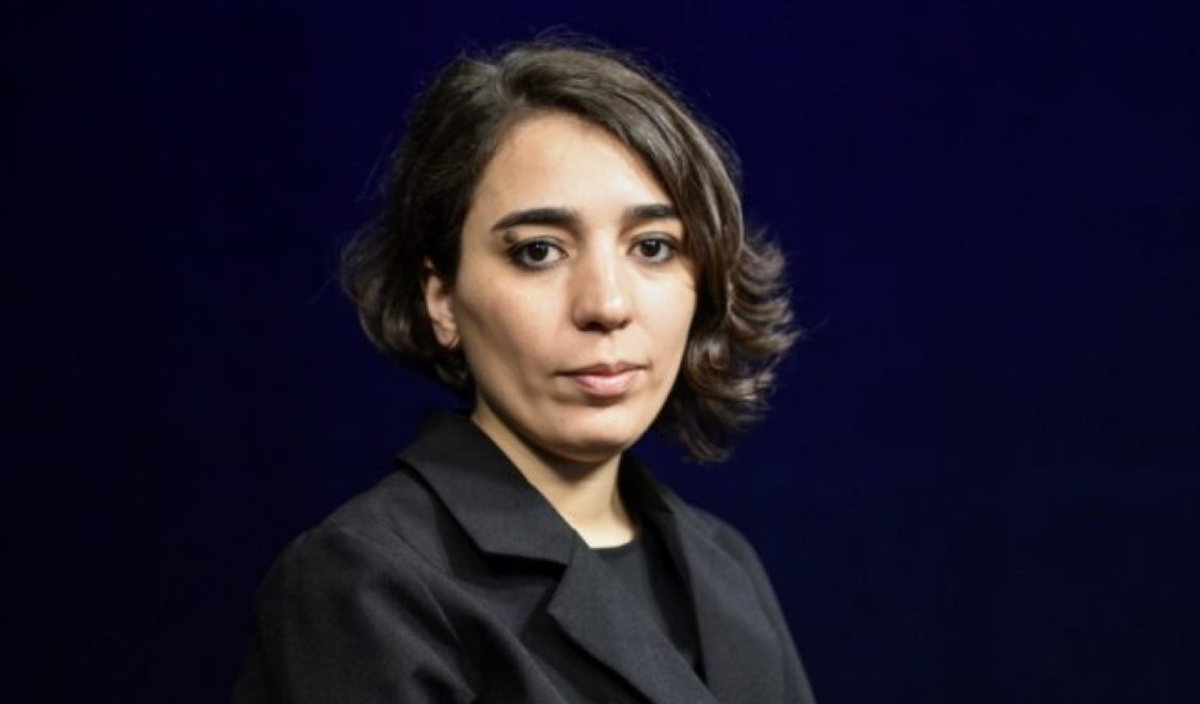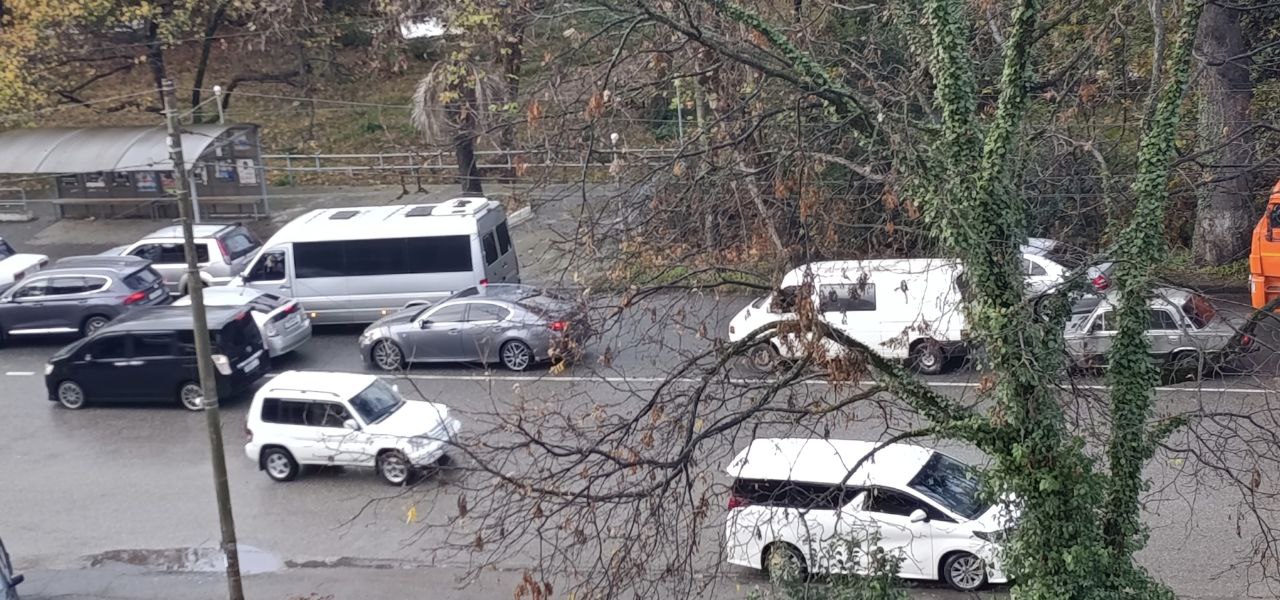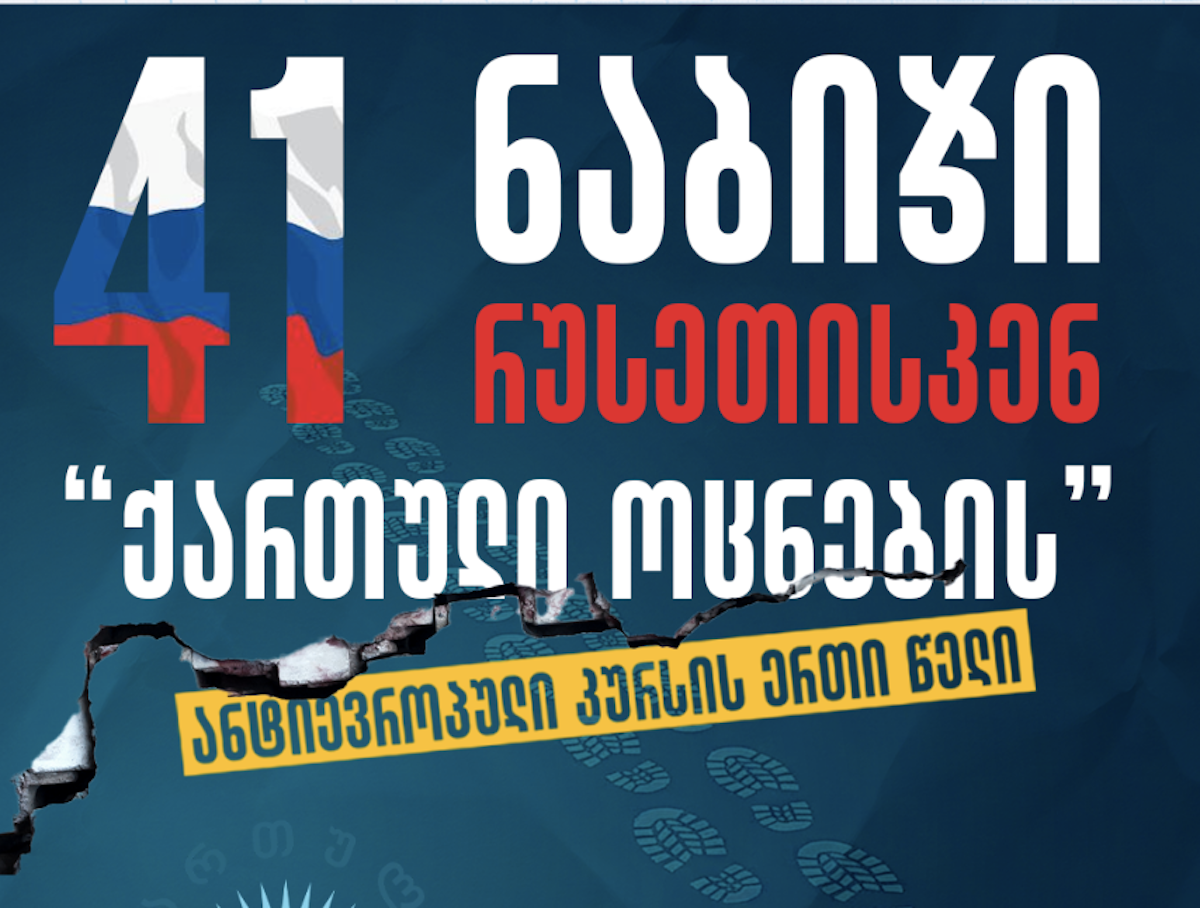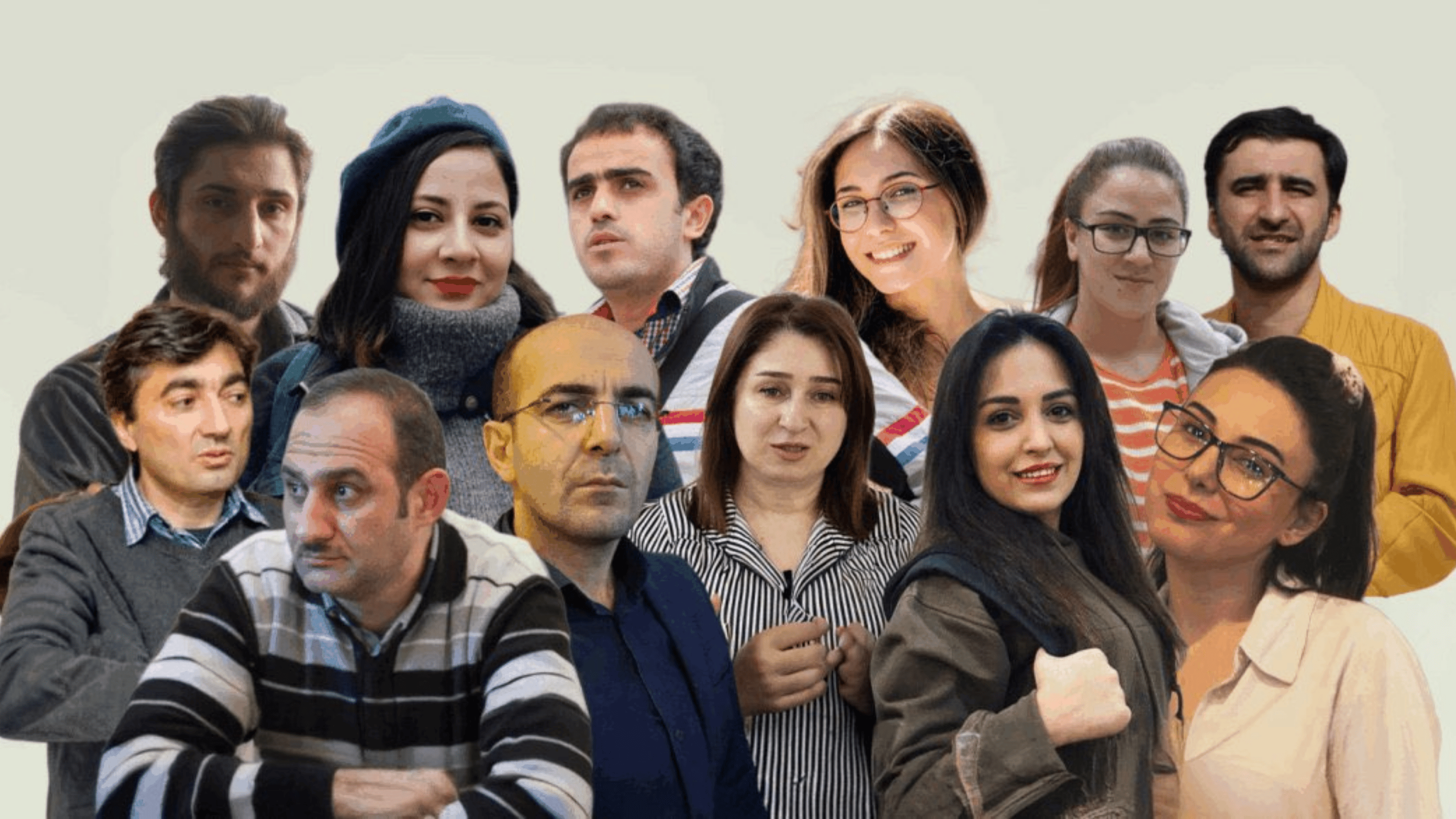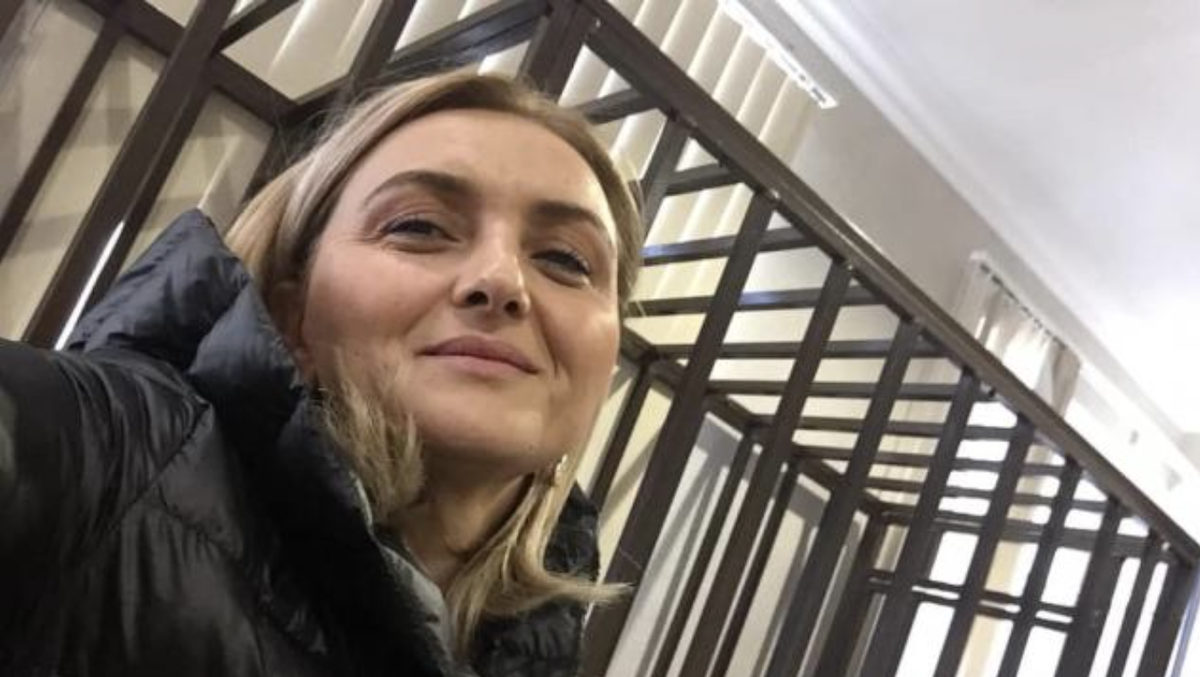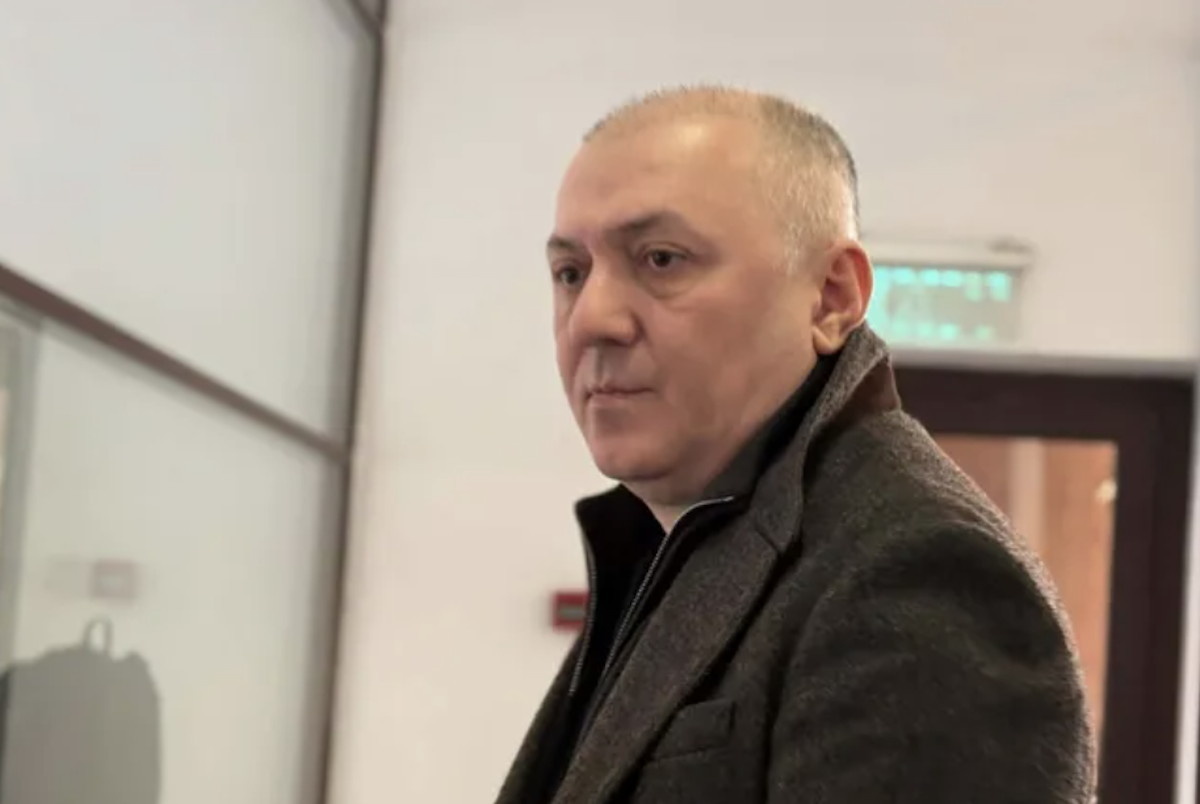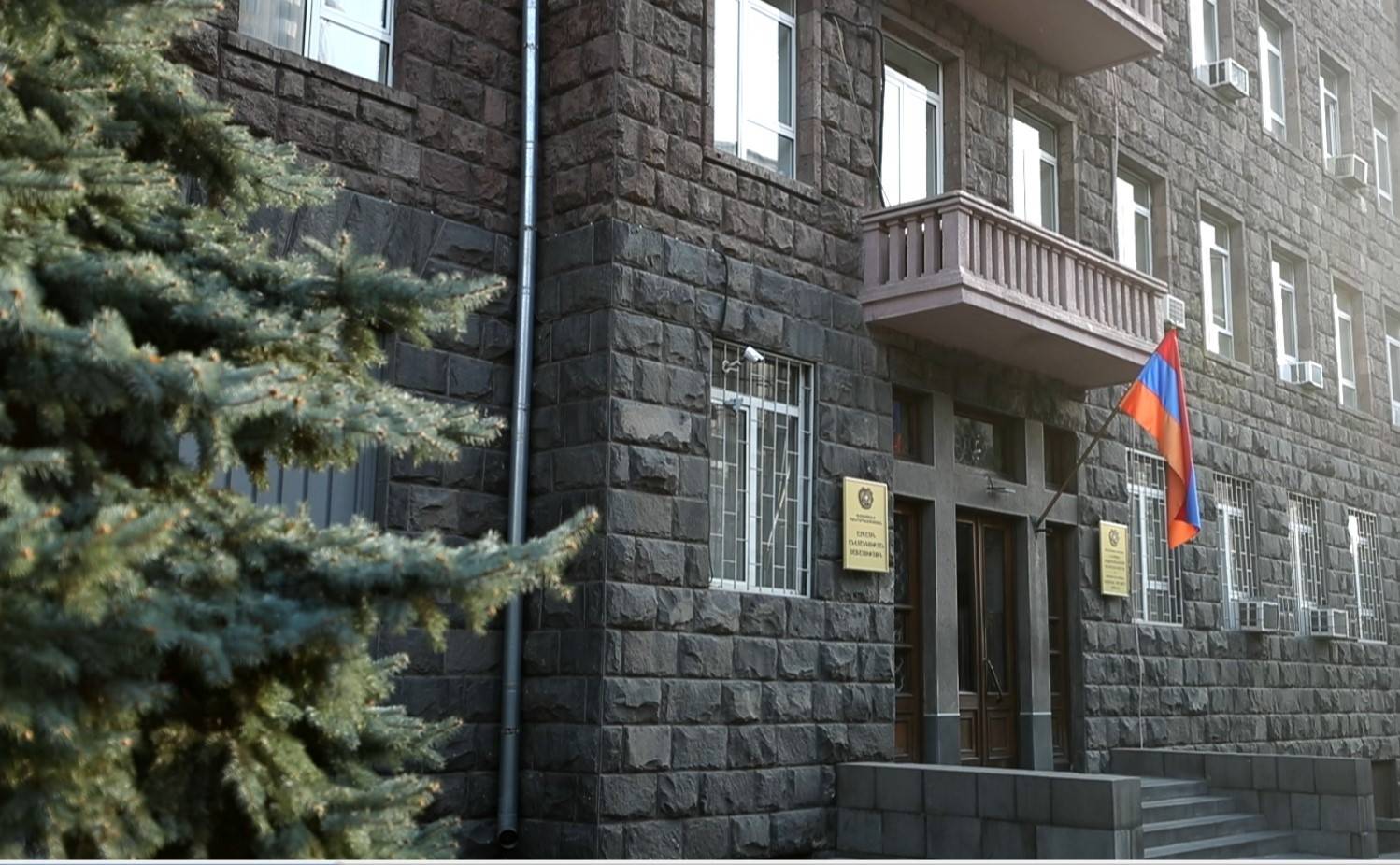Mystery of Zargava: the hidden history of Azerbaijani village
Family cemeteries of Zargava village
Zargava is a small alpine village in the north of Azerbaijan. It is, apparently, the only one in the country where there are no common cemeteries as local residents bury their relatives right in the courtyards or arrange “family cemeteries”. But this tradition turned out to be a well-kept secret which we tried to unravel by going to the village.
- ‘Azerbaijani villages are closer than ours’ – Armenian border village of Khachik
- All you need to know about Georgian wine boom
- Op-ed: Turkey is searching for an ‘external enemy’
The village of Zargava is located or, better to say, lost high in the mountains in the Guba region of Azerbaijan, a little over a thousand people live there.
Finding the way to the village turned out to be difficult. These roads are not indicated on Google Maps. We could only get to the neighboring village of Chichi, but there was no road from it at all.
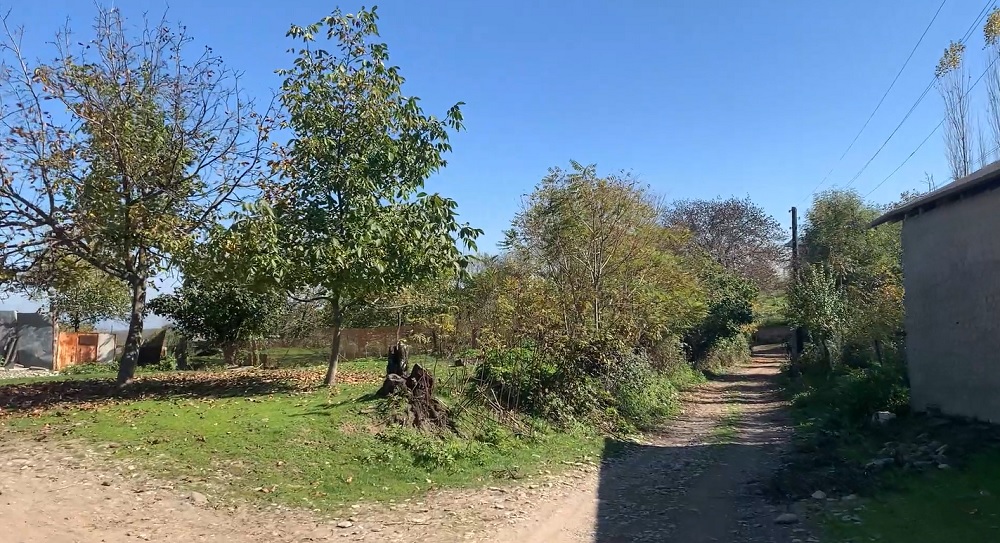
The locals advised us to leave the car and go on foot. “Zargava is there, on the other side of the mountain”, so we were shown the way, and we set off.
After an hour of adventurous hike and successful overcoming of all obstacles, we were reached our destination.
A tradition shrouded in mystery
To some extent, this trip explained why there is so little information about this village. Journalists are very rare guests here.
A wire mesh fence runs along the village’s rocky road. Behind it is someone’s large yard, a garden, a vegetable garden, and a house in the background. Chickens walk around, a tied calf grazes on the grass, which is still green, albeit November.
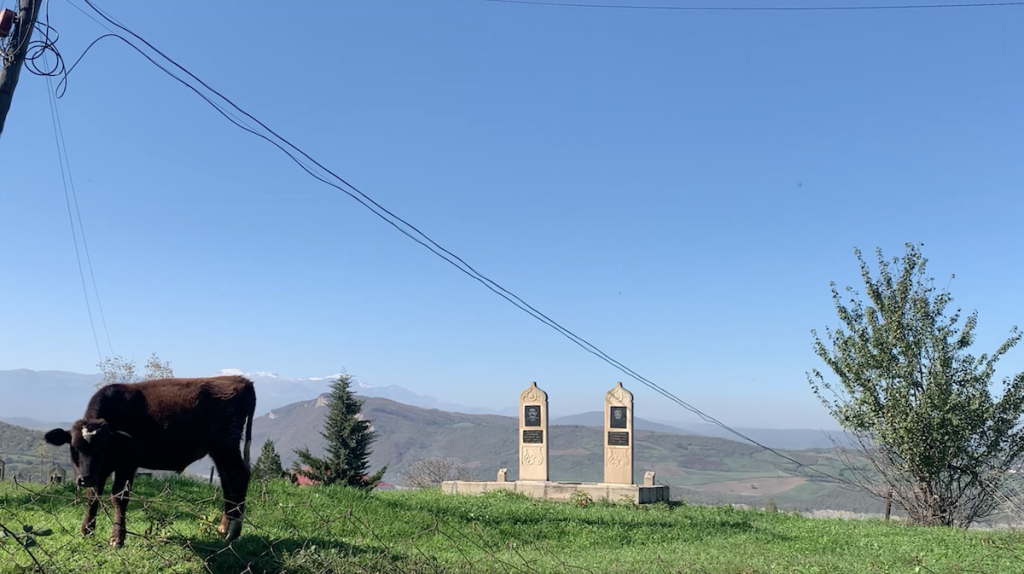
But this traditional rustic painting has some surprising details. There, in the courtyard, are two graves. On marble slabs there are photographs of the deceased and inscriptions. Flowers are laid around.
If you walk further down the street through the village, you will see the same picture in many other courtyards. In the village of Zargava, many residents have set up their own family cemeteries right next to fruit trees and beds of cabbage or onions.
This tradition is so unusual for Azerbaijan that when we later told our friends and colleagues about it, many did not believe us until they watched the video filmed in the village.
The first person we decided to ask about where this unusual tradition comes from was the deputy of the village administration Zamig Dzhabrailov. Tall, middle-aged, well-built and smartly dressed, he smiled and was happy to talk – but only until he heard the question about the “family cemeteries”.
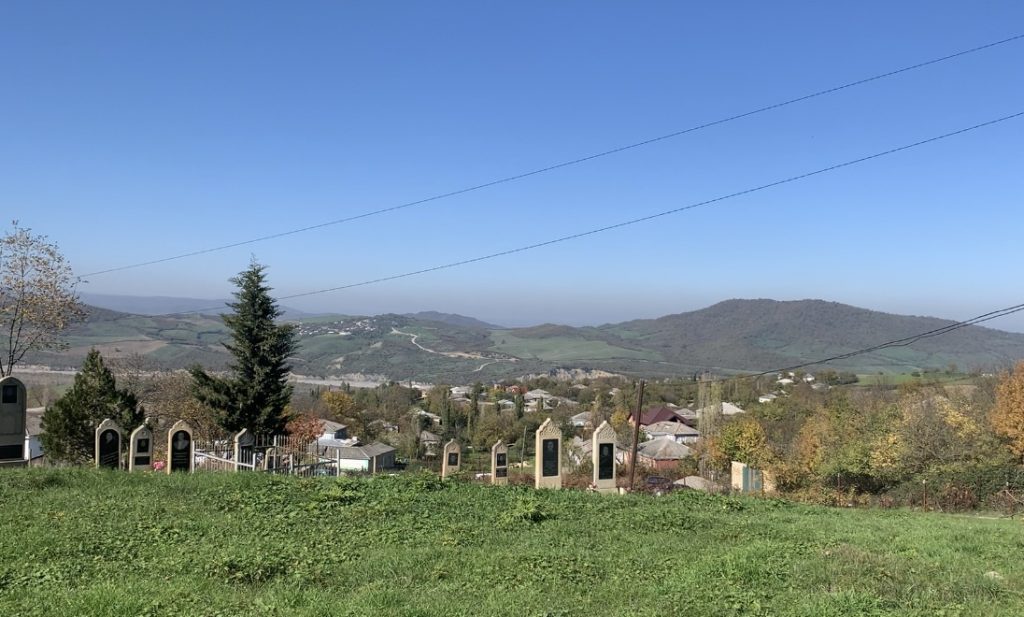
“This is a fiction!”. Dzhabrailov said categorically. Considering that this was not enough, he continued with a serious face:
“The other day, TV people came here from one channel. As soon as they started talking about the graves, the locals almost beat up these journalists”.
Unable to get a story from an official, we, despite his warnings, still went to the local residents.
Numerous cemeteries at the castle
In Azerbaijan, as in many other countries, there are usually two cemeteries in the villages – an old one and a new one.
But in Zargava, there are dozens of cemeteries in the courtyards of houses. Some have seven or eight graves, all belong to members of the same family. Almost all of the graves are relatively recent.
We saw, among other things, the grave of a young man – the only one from this village who died in the second Karabakh war in the fall of 2020. He was buried in the family cemetery next to other deceased family members.
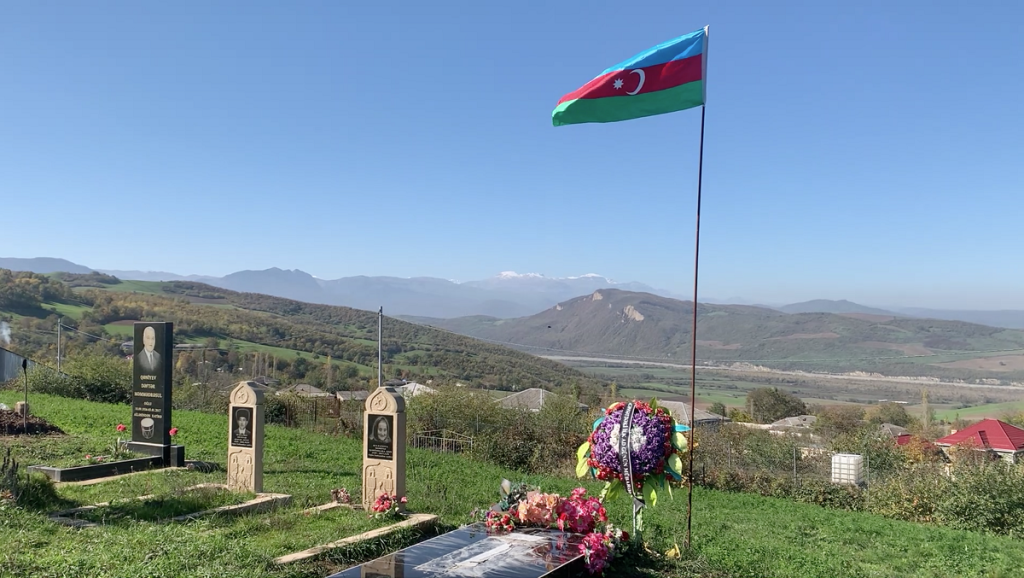
Cemeteries in Azerbaijan are usually open from all sides, anyone can enter them. But these mini-cemeteries are surrounded by high mesh or stone fences.
There is either a lock or a rope tightly tied to the gate. You can only enter if you go visit the owners of the house, through the gate and the main entrance to the courtyard.
On the territory of the village, we later found many old graves. They differed from the new ones – there were just large stones without inscriptions.
Such stones can be seen in different places in the village. Who they belong to is not known. But the first impression of abandonment and oblivion turned out to be wrong. As the theologian Gadir Rajabov will tell us later, this approach is in full accordance with the traditions of Islam.

A local resident Shohrat (he refused to give his last name) said that “family cemeteries” are not arranged only in courtyards. Wealthy families buy plots of land specifically for this purpose.
“The fences are here only so that the graves are not spoiled by animals, and you can safely go there”, Shohrat said. Although not far from the place where we talked, the gate was blocked by a rope tied with intricate knots.
When asked why the tradition of funerals is so different in this village and what this feature is connected with, he did not want to speak.
The same thing happened later too. When we asked other residents of the village the same question, they would either leave or shut the doors in front of us.
Is centuries-old isolation the main reason?
“Some sources indicate that the tradition of family cemeteries in Zargava dates back to the 13th century. It turns out that the burial of relatives and friends on their land plots has been going on for almost a millennium”, says ethnographer and historian Sevinj Mammadova.
“Most likely, the reason is the remoteness of the village, its inaccessibility, its isolated existence from other settlements for centuries.
Many traditions depend on natural conditions. Probably, the harsh mountainous terrain and the absence of flat lands also played a role in the fact that there are no common cemeteries in Zargava.
People simply did not have the opportunity to bury their relatives according to the requirements of religion.
There is a mosque in Zargava today, but there is no mullah. But not everyone can afford to invite someone from afar to perform religious procedures before burying a person.
I can give an example from another region of Azerbaijan. In the north-west of the country, closer to the borders of Georgia, in Shamkir, Gazakh, until recently there were no mosques at all, or anyone from the clergy.
In the Soviet period, people there buried their loved ones in coffins, like Christians. Although this just contradicts the requirements of Islam”, says the ethnographer.
“Islam demands the disappearance of the grave”
The unusual practice of burying the dead in Zargava does not contradict Islam, theologian Gadir Rajabov told JAMnews.
It’s not about the burial site, he says. The fact is that Islam requires the disappearance of the grave as such.
“If we talk about canons, then not a single sign should remain from the grave. But it is important that in the future no one will disturb the ashes. That is why people began to bury their loved ones in a separate place – to be sure, for example, that no one would build something there in the future.
But without any sign on the ground, it is difficult to know that there are graves there. For this reason, the tradition of tombstones, which later appeared in Islam, came into being”.
Gadir Radjabov says that in the old days the inhabitants of Zargava clearly adhered to the main rule – the grave must disappear. Therefore, there are no inscriptions on the old stones, which played the role of tombstones.
“Will anyone care about the living?”
One of the village elders, Gadim Israfilov, answers the question with a question:
“Why does everyone who hears about our village ask only about our cemeteries? Who will think of the living? Nobody cares about us”.
Natural gas has not been transported to Zargava. “And we live in a gas exporting country”, Gadim Israfilov reminds us.
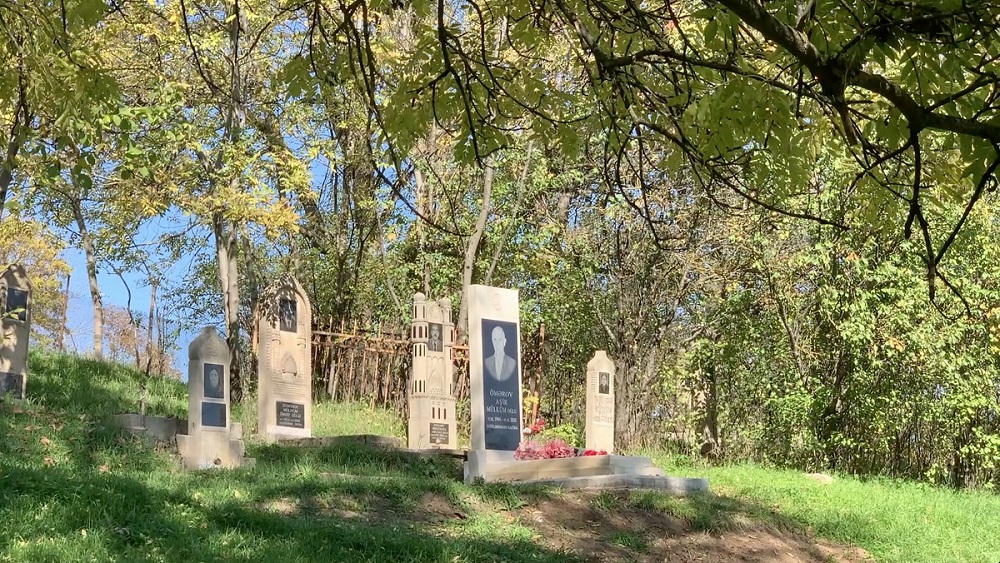
That’s not all – there is no running water in the village either.
“We have wood-burning stoves in all our houses. A car of firewood costs about 500 manats [about $ 300], if you save a lot, it will barely last until the end of winter”, Israfilov said.
Water is even more scarce. Those who are richer are digging an artesian well in their yard and the poor carry water from the spring in buckets or on a cart pulled by a horse or donkey. Some harness themselves into the cart.
But it turned out that the spring is not a natural source. This is an ordinary tap in the center of the village, to which there is a water supply system with water from a large artesian well.
There, in the middle of the village, is a mosque. A small, elegant beige building with a gray roof. But the gate to the courtyard is closed. There is no need for people to come here, since the mullah has not been here for so long that no one even remembers if they ever had one.
Some local residents know the rituals. They conduct rare rituals here on religious holidays.
Supported by “Medianetwork”












